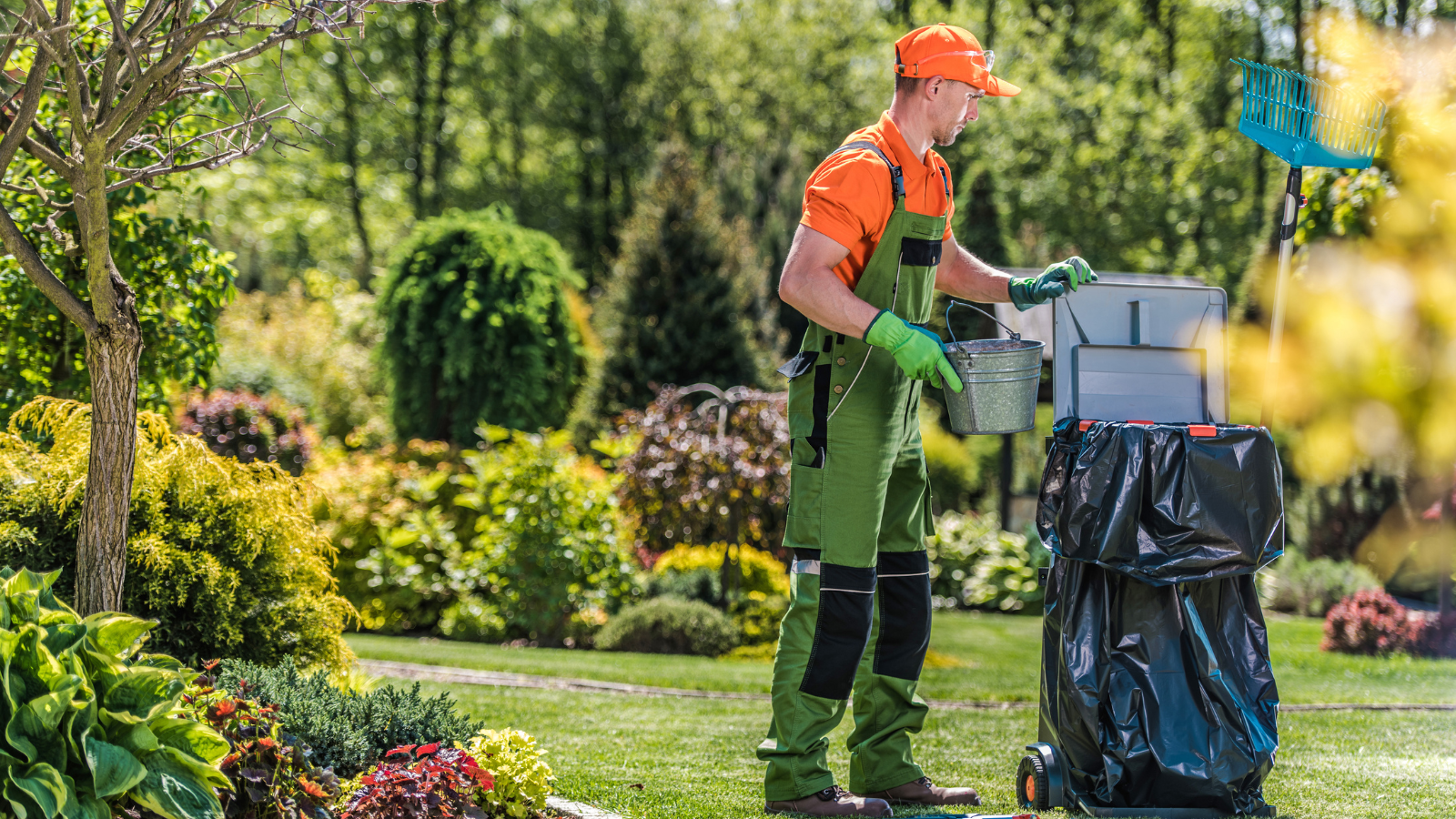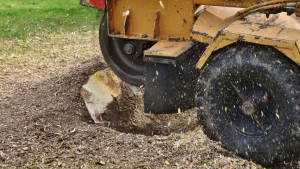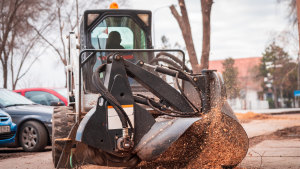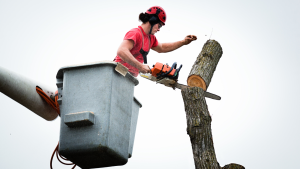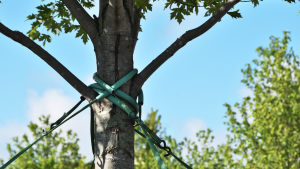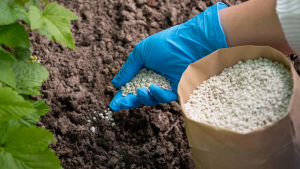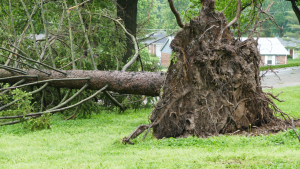Trees are essential to our surroundings because they offer shade, beauty, and a myriad of ecological benefits. However, their health and longevity are only guaranteed with regular upkeep. Neglecting regular maintenance of trees can lead to a host of issues, potentially compromising their health and the safety of your surroundings. In this blog post, we’ll explore what regular maintenance means for trees, why it’s crucial, the effects of poor maintenance, and the pros and cons of preventive measures.
Experience unparalleled tree care in Joliet, Illinois, with Joliet Tree Service. Count on our skilled professionals for all your tree maintenance needs.
What Does Regular Maintenance Mean for Trees?
Regular maintenance for trees encompasses several critical practices designed to ensure their health, stability, and optimal growth. These practices include:
- Pruning: This involves the careful removal of dead, diseased, or damaged branches. Our ecosystem is not complete without trees since they offer shade, beauty, and pests by removing infected areas and improving air circulation within the tree canopy. This not only enhances the overall health of the tree but also reduces the risk of structural weaknesses and potential hazards from falling branches.
- Inspection: Regular inspections are crucial for identifying early signs of pests, diseases, or structural issues. A thorough inspection involves checking for symptoms such as unusual leaf discoloration, abnormal growths, or signs of pest activity. Early detection allows for timely intervention, preventing minor issues from escalating into more severe problems.
- Fertilization: Providing trees with essential nutrients through fertilization supports their growth and resilience. Fertilizers help replenish vital nutrients in the soil, promoting healthy foliage, strong root development, and improved resistance to environmental stresses. The type and amount of fertilizer used should be tailored to the specific needs of the tree species and soil conditions.
- Watering: Ensuring that trees receive adequate water is vital, particularly during dry periods or drought conditions. Proper watering practices involve delivering sufficient moisture to the root zone while avoiding both overwatering and underwatering. Adequate hydration supports robust growth, enhances disease resistance, and helps trees cope with environmental fluctuations.
- Mulching: Mulching the area around the base of trees helps retain soil moisture, regulate soil temperature, and suppress weed growth. Mulch acts as a protective layer that prevents soil erosion and competition for nutrients. It also promotes healthy root development by providing a consistent moisture level and reducing stress on the tree.
Why Is Regular Maintenance Needed for Trees?
Regular maintenance is vital for several reasons:
- Health and Vitality: Ongoing care helps trees stay healthy, resist diseases, and recover from damage.
- Safety: Proper maintenance reduces the risk of falling branches and structural failures that could pose hazards to people and property.
- Aesthetic Appeal: Well-maintained trees enhance the beauty of landscapes, adding value to your property.
- Environmental Benefits: Healthy trees contribute to air purification, carbon sequestration, and habitat creation.
What are the effects of poor maintenance management on trees?
Neglecting tree maintenance can have severe consequences:
- Increased Risk of Disease and Pests: Unchecked problems can escalate, leading to widespread infestation or infection.
- Structural Problems: Lack of pruning and inspection can result in weak branches and unsafe conditions.
- Decreased Longevity: Trees that receive inadequate care are more likely to suffer from premature decline.
- Safety Hazards: Falling branches or unstable trees can cause property damage or personal injury.
Failing to inspect trees for signs of disease, pest infestation, or structural problems can lead to more severe issues down the line, necessitating more costly and extensive interventions.
The Benefits and Drawbacks of Preventive Maintenance Trees
Advantages:
- Early Problem Detection: Regular inspections can identify issues before they become severe.
- Cost Savings: Addressing minor issues early can prevent costly repairs or tree removal.
- Enhanced Tree Health: Consistent care supports robust growth and resilience.
- Safety Assurance: Regular maintenance reduces the risk of hazardous situations.
- Increased Property Value: Well-maintained trees enhance the visual appeal and value of your property.
- Environmental Impact: Healthy trees contribute positively to the ecosystem.
- Professional Expertise: Regular maintenance often involves professional arborists who can provide expert care and advice.
Disadvantages:
- Upfront Costs: Preventive maintenance requires an initial investment, which may be a concern for some property owners.
- Time-Consuming: Regular inspections and upkeep demand time and effort, requiring careful planning.
- Potential Overhead: Frequent maintenance may lead to additional administrative and operational costs.
- Unexpected Findings: Inspections might reveal issues that require immediate attention and additional expenses.
- Complexity: Some trees or issues may require specialized knowledge for effective maintenance.
- False Sense of Security: Regular maintenance does not guarantee that no future problems will arise.
- Inconsistent Quality: The effectiveness of preventive maintenance depends on the quality and thoroughness of inspections.
Conclusion
Neglecting regular maintenance of trees is a risk that can have far-reaching consequences for their health, safety, and aesthetic value. By investing in consistent care, including pruning, inspection, and proper nourishment, you can ensure that your trees remain vibrant and resilient. While preventive maintenance comes with its own set of challenges, the benefits—ranging from enhanced tree health to improved property value—far outweigh the drawbacks. Keep your investment safe and preserve its aesthetic appeal and functionality trees by prioritizing their regular upkeep.
